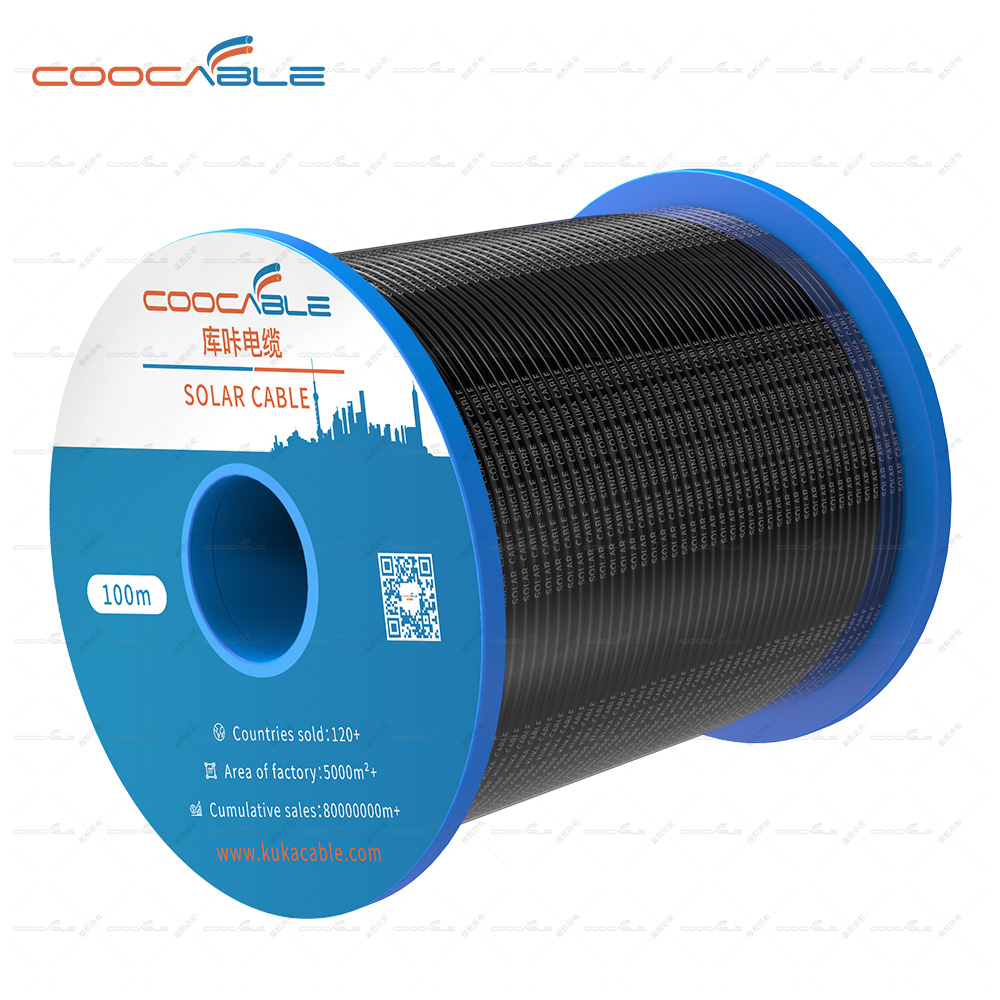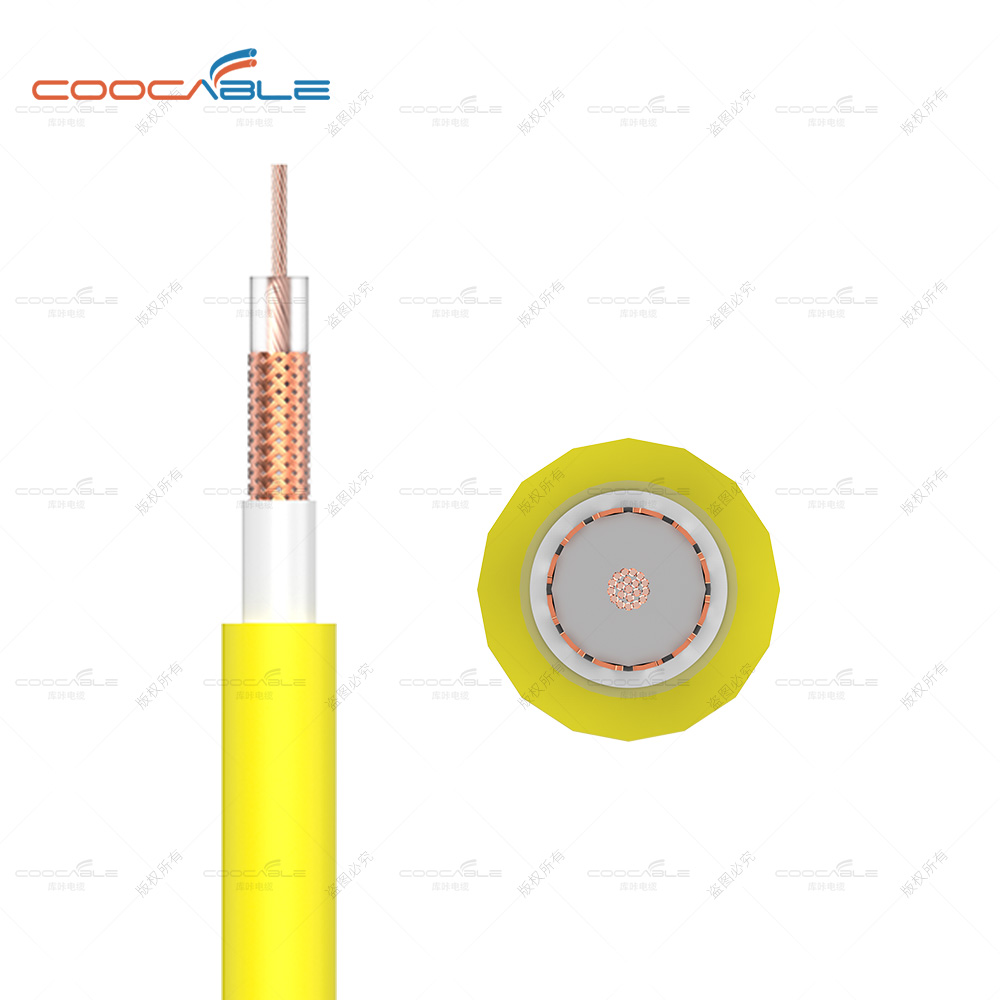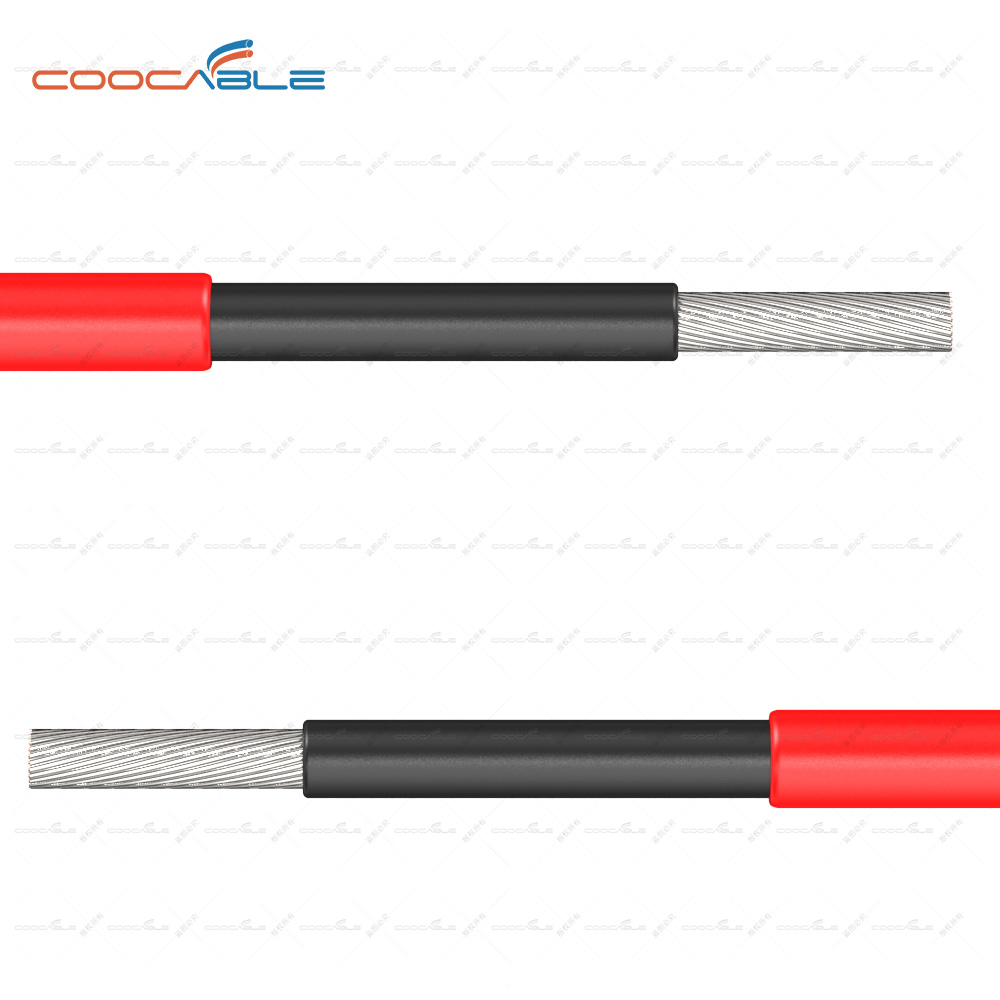What are the methods of crimping solar cable connectors?
In a photovoltaic power generation system, photovoltaic connectors are mainly used in components, combiner boxes, inverters and the connection between them, most of which are installed in the factory, and the quality of crimping is relatively reliable. The remaining 10% of the connectors need to be manually installed on the project site, mainly referring to the need to install connectors at both ends of the photovoltaic cables connecting each device. According to the experience of many years of customer visits, due to the lack of training of on-site installation workers and the lack of professional crimping tools, irregular crimping is common.
Crimp is one of the most basic and common joining techniques. Countless crimps happen every day. At the same time, crimping has proven to be a proven and reliable connection technology.
3.1 Crimping The reliability of over-crimping depends to a large extent on the tool and the operation, both of which together determine whether the final crimping effect meets the requirements of the standard. Taking the "U"-shaped metal core as an example, it is basically made of tinned copper and needs to be connected to the photovoltaic cable by crimping. The crimping process is as follows:
It is not difficult to see that the "U"-shaped metal core crimping is a process in which the copper wire wrapped by the copper sheet is gradually compressed as the crimping height gradually decreases (while the crimping force gradually increases). In this process, the control of the crimp height directly determines the quality of the crimp. The control of crimp width is not very important because the crimp die determines the width value.
3.2 Crimp Height
Many people know that it is not good to crimp too loose or too tight, so as the crimping progresses, how much should the crimp height be controlled? Also, how do two important quality metrics, pull-off force and electrical conductivity, change during this process?
As the crimp height is gradually reduced, the pull-off force between the cable and the metal core will gradually increase until it reaches the "X" point in the image above. If the crimp height continues to decrease, the pull-off force will continue to decrease as the structure of the copper wire is gradually destroyed.
If the above two curves are superimposed together, we can easily get a conclusion:
The optimal crimp height can only be taken into account in the area between the two optimal points considering the pull-off force and conductivity, as shown below.
3.3 Evaluation of crimping quality
The evaluation methods commonly used in the industry are as follows:
■ Crimp height/width, within a defined range, can be measured with a vernier caliper
■ Pull-off force, that is, the force required to pull out or break the copper wire from the crimp, such as 4mm2 cable, IEC 60352-2 requires at least 310N
■ Resistance, to 4mm2
Cable as an example, IEC 60352-2 requires less than 135 microohms at the crimp
■Cross-section analysis, non-destructive cutting of the crimping area, analysis of width, height, compression ratio, symmetry, cracks and burrs, etc.
In the case of releasing new equipment or new crimping dies, in addition to the above points, it is also necessary to monitor the resistance stability under temperature cycling conditions, refer to the standard IEC 60352-2.
3.4 Irregular crimping hazards
Poor crimping can lead to sub-specs, unstable contact resistance, and seal failure. It is a big risk point that affects the overall function and profitability of photovoltaic power plants.
4. Summary
Connectors are small parts that affect the operational efficiency of PV projects. Compromising with quality often means subsequent high losses and risks that could have been avoided. To choose safe, reliable and high-quality photovoltaic module connectors, the coocable brand is a good choice. With TUV CE and other international certifications, the quality is guaranteed.





